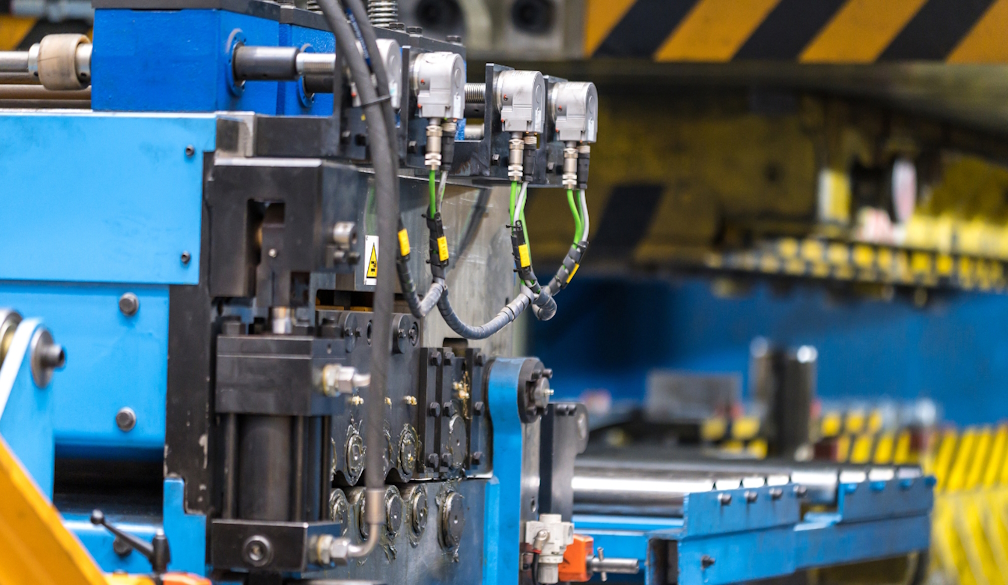The Basics of Hydraulic Fabrication

Hydraulic fabrication is an essential aspect of many industries across the globe. Its applications range from heavy machinery in construction to precise instruments in manufacturing, making it a crucial component in our daily lives. In Australia, the demand for hydraulic systems is growing, with industries relying heavily on these systems for their power, reliability, and efficiency. Whether you're a novice or an expert, understanding the basics of hydraulic fabrication can open up numerous opportunities.
What is Hydraulic Fabrication?
At its core, hydraulic fabrication is the process involved in building, repairing, or modifying hydraulic systems. These systems use the power of pressurised liquid, typically oil, to generate, control, and transmit power. They are central to various engineering and industrial applications, helping run everything from car brakes to crane arms.
The key components involved in hydraulic systems are the hydraulic pump, which creates fluid flow, the cylinder that converts this fluid pressure into mechanical force, and valves which control the direction, pressure, and flow of the fluid. Understanding these components and how they interact is the first step towards mastering hydraulic fabrication.
Terminology Demystified
Like any specialised field, hydraulic fabrication comes with its unique set of terminologies. Here are some terms that are fundamental to understanding hydraulic systems:
-
Hydraulic Fluid - This is the lifeblood of any hydraulic system. It is the medium through which power is transmitted within the system. The fluid must be incompressible and lubricating to ensure smooth operation.
-
Cylinders - These are mechanical devices used to convert hydraulic energy into mechanical energy. Cylinders are the muscles of a hydraulic system, providing the force that moves the machine.
-
Actuators - These are devices that create physical movement through a control signal and a source of energy. In hydraulic systems, this energy source is the pressurised fluid.
-
Valves - These are used to control the direction, pressure, and flow of the hydraulic fluid, effectively controlling the system's operation.
-
Hoses - These are flexible tubes that transport hydraulic fluid between different parts of the system, ensuring a continuous flow of power.
The Basic Principles of Hydraulic Fabrication
Hydraulic systems operate based on a few fundamental principles. The most important of these is Pascal's Law, which states that when pressure is applied to an enclosed fluid, it is transmitted undiminished to all portions of the fluid and walls of its container. This principle allows force applied at one point in the system to be transmitted to another point, providing the power that hydraulic systems are known for.
Components of a Hydraulic System
A typical hydraulic system consists of several key components:
-
Hydraulic Pump - This component is essentially the heart of the hydraulic system. It creates fluid flow by creating a vacuum at the pump inlet, drawing fluid from the reservoir, and forcing it out to the system under pressure.
-
Hydraulic Cylinder - This device converts fluid pressure into mechanical force, enabling the movement and operation of machinery. It is a fundamental part of any hydraulic system.
-
Valves - Valves play a crucial role in controlling the system. Different types of valves serve various functions, from regulating fluid flow to maintaining pressure levels.
Applications in Australia
In Australia, hydraulic fabrication finds applications in numerous industries. Mining companies use hydraulic systems in their drilling rigs and earth-moving machinery. The agriculture sector relies on hydraulic systems for equipment like tractors and irrigation systems. Manufacturing industries also employ hydraulic systems for their power, precision, and efficiency.
While this guide provides a basic understanding of hydraulic fabrication, the field is vast and continually evolving. Continuous learning and hands-on experience are necessary to truly master it. We encourage readers to delve further into this fascinating world and share their experiences, thoughts, and questions. For more insights and in-depth articles, explore our other pieces on hydraulic fabrication. Remember, knowledge is power, and in the world of hydraulics, this couldn't be more true.











